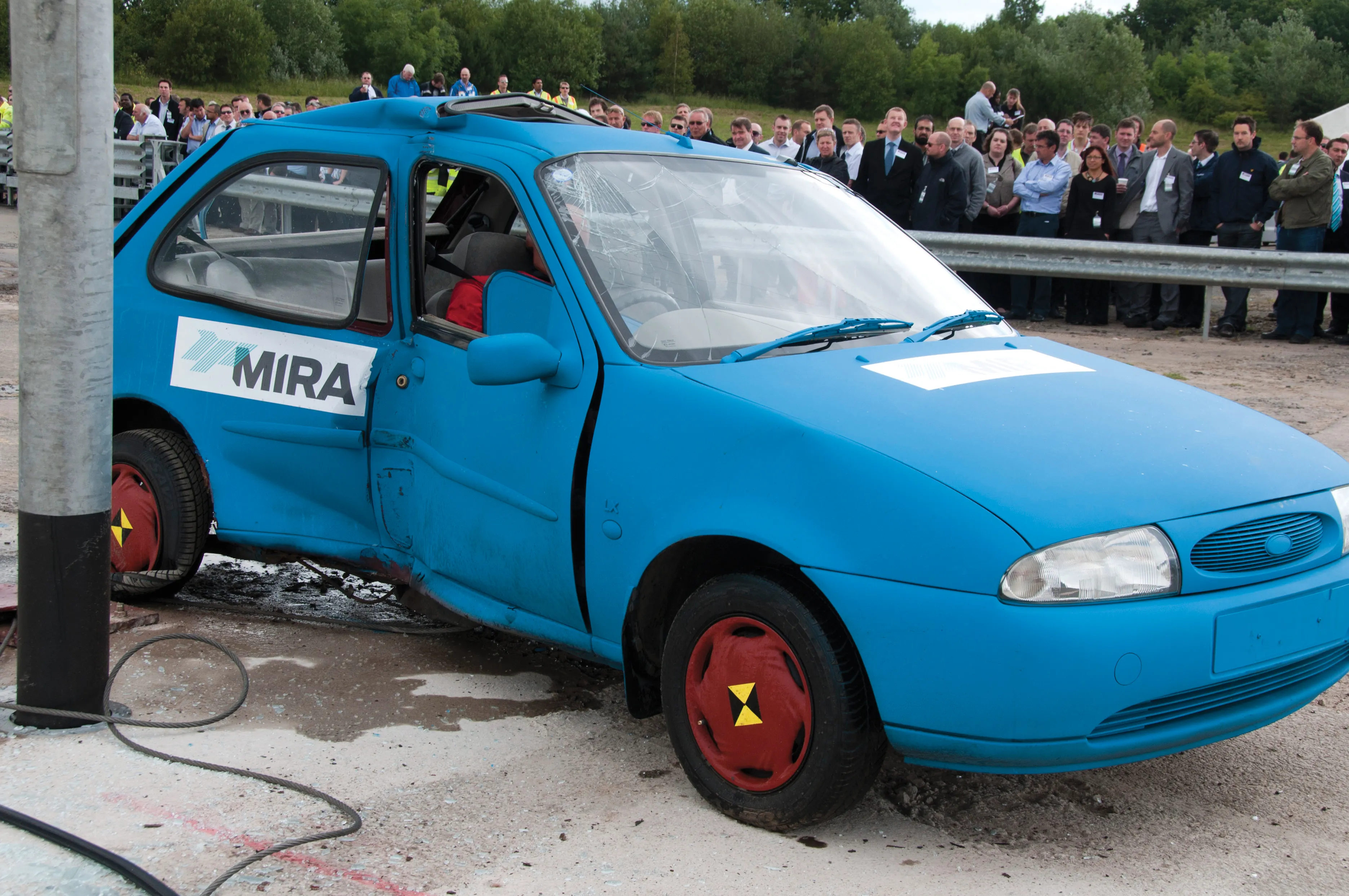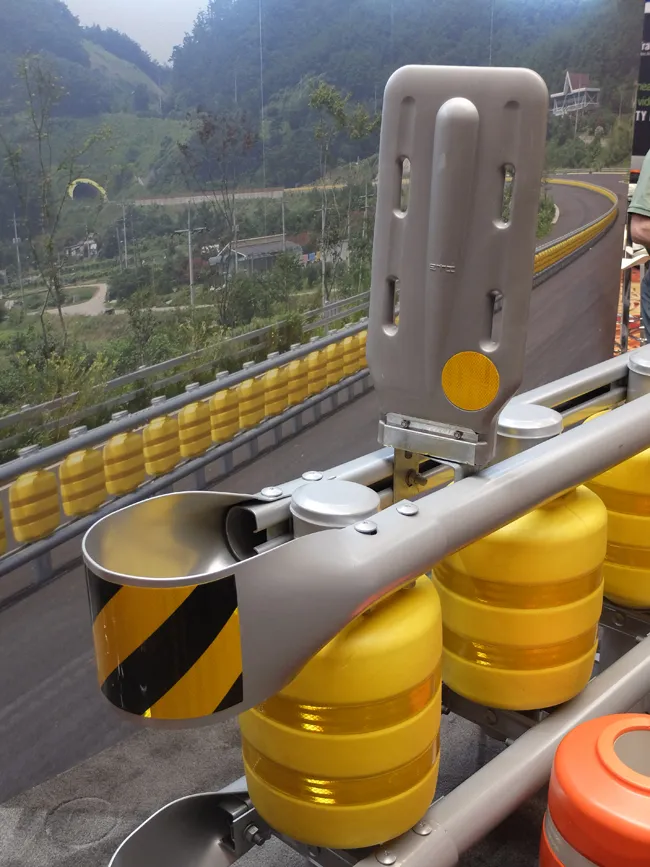The event, organised by UK Roads, was held in association with MIRA (formerly Motor Industry Research Association); Mott MacDonald and Traffex/Road Expo, also offered an exhibition of related products and services from MIRA; FSP (Frangible Safety Posts); 3A Composites; ASD Metal Services; JPCS; Tofco; FLI Structures (screwpile demonstrations); Highway Care; Gloucester Composites; Traffex; Road Expo; Brett Landscaping; NAL and SAPA.
February 24, 2012
Read time: 3 mins

The event, organised by UK Roads, was held in association with
The column was removed from the socket, which was then available to be re-used to support a replacement column.
In another demonstration, a Suzuki Swift was crashed at 100km/hour into two 140mm diameter passively safe composite posts (provided by Frangible Safety Posts/
The posts were mounted in Orion sockets provided by Poletech and supported a lighter weight composite sign plate provided by
“The FSP posts performed perfectly, yielding on impact. The Orion sockets were unaffected by the impact which were then available to be re-used for replacement posts,” said an observer.
Another Ford Fiesta was crashed sideways at 35km/hour into a passively safe 15m lighting column provided by SAPA and mounted in a retention socket supplied and installed by NAL.
“Despite the low speed and orientation of the impact, the product still performed perfectly, shearing away as it is designed to do, causing very little damage or intrusion to the side of the car, and significantly less than that caused by the traditional column in demonstration one. It is very unlikely that any serious injury would have been sustained by the driver as a result.”
In the fourth demonstration, a Vauxhall Vectra was crashed at 100km/hour into a TAU crash cushion provided by









